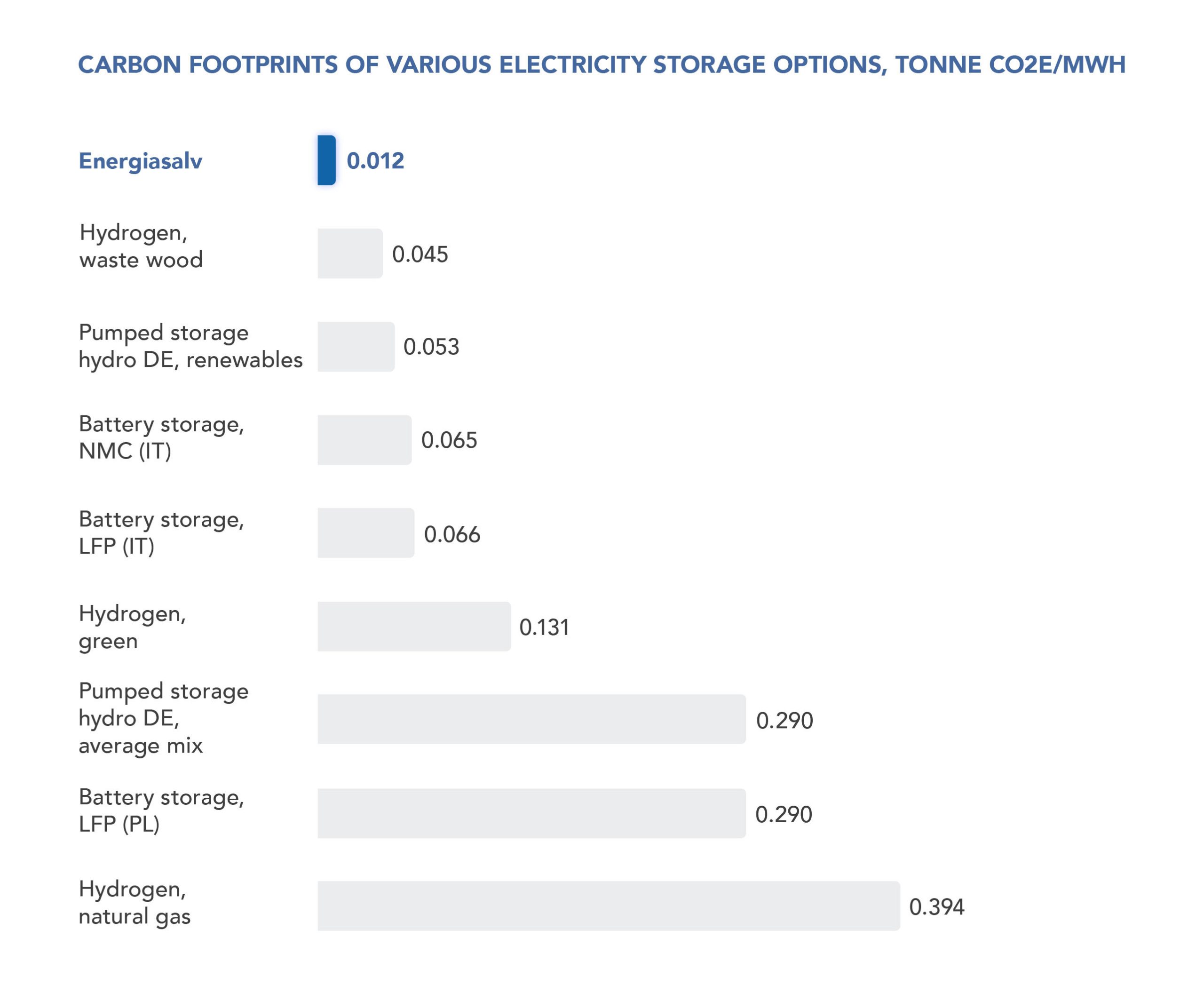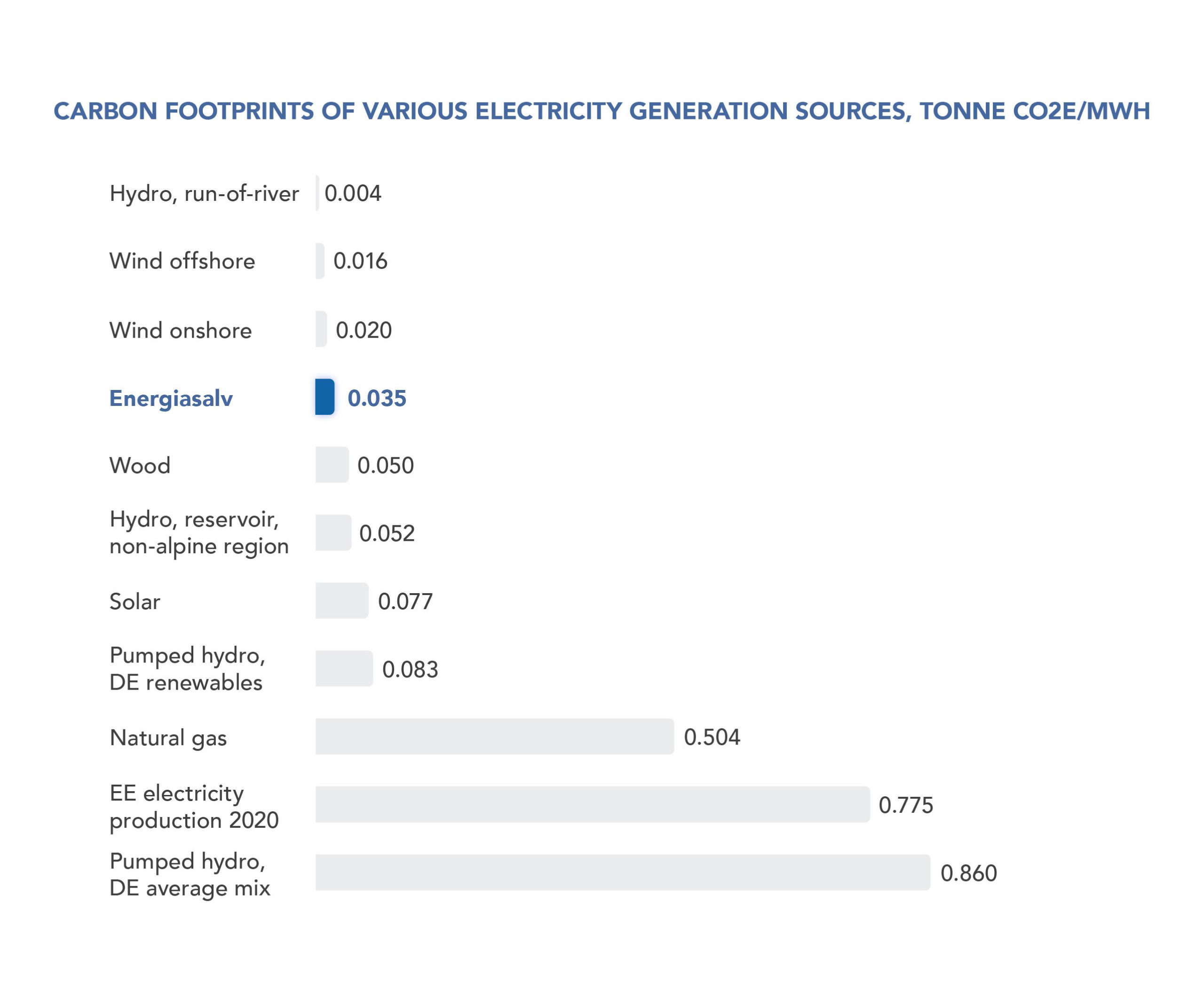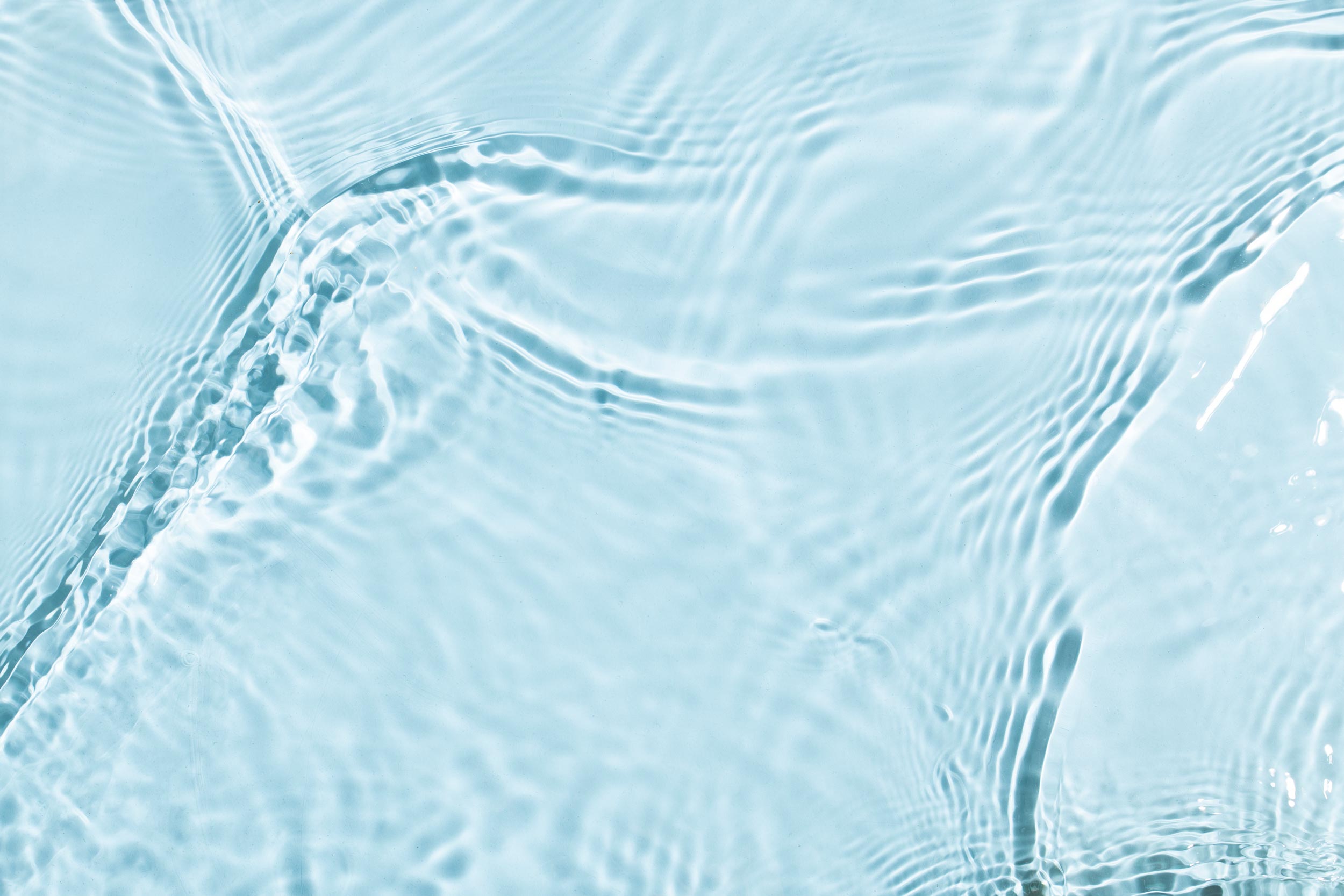The study conducted by CIVITTA confirms that Energiasalv’s 550 MW is not only a highly competitive solution for energy production, but it is also very environmentally sustainable. It leaves lower carbon footprint compared to the other electricity generation & storage technologies.
Energiasalv’s project helps Estonia to achieve its renewable energy goals and green transition moving from fossil fuels towards renewables. LCA (Life-cycle assessment) of CO2 emissions was recently conducted in accordance with ISO 14044:2006 standard.
We are proud of the fact that our project leads to the reduction of natural resources exploitation and increase of renewable energy share in Estonia’s energy balance. In addition to that, Energiasalv reduces the pressure on land and environmental use by sustainable secondary usage of a crystalline building stone, including a reduction of CO2 emissions related to the mining and usage of primary building materials.
In terms of LCA report, during the first 20 years Energiasalv’s project would avoid over 9.5 million tCO2e or 0.45 tCO2e/MWh, mostly due to preventing electricity generation from natural gas. It is also worth mentioning that Energiasalv’s energy storage project would offset its CO2 emissions from mining and construction activities, also equipment related and end of life emissions mainly within 1 year of operation.
The following graphs present the most important outcomes of the study.

Graph 1. Carbon footprint of Energiasalv’s PHES storage function is 0,012 tonne CO2e/MWh. Energiasalv shows a better carbon footprint performance than several other storage options.
 Graph 2. Carbon footprint of electricity produced by Energiasalv’s PHES is 0.035 tonne CO2e/MWh. This is lower than several other renewable electricity options
Graph 2. Carbon footprint of electricity produced by Energiasalv’s PHES is 0.035 tonne CO2e/MWh. This is lower than several other renewable electricity options